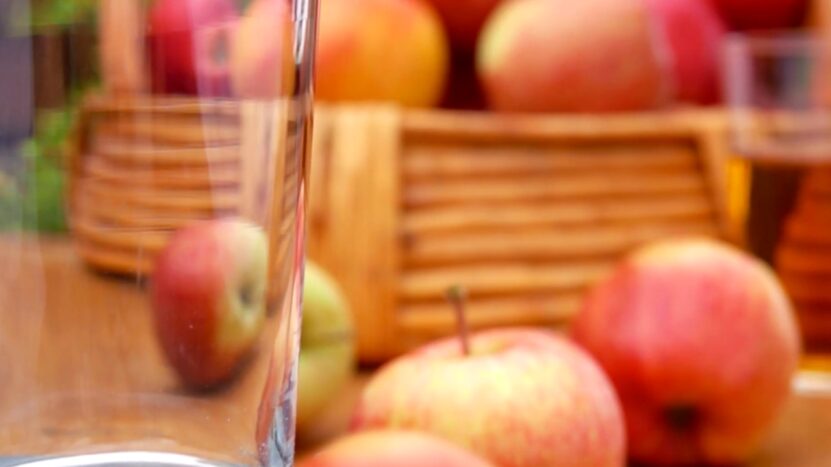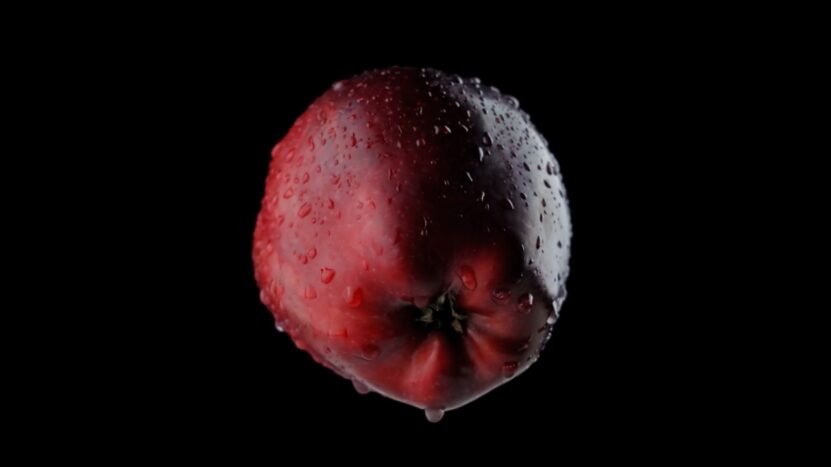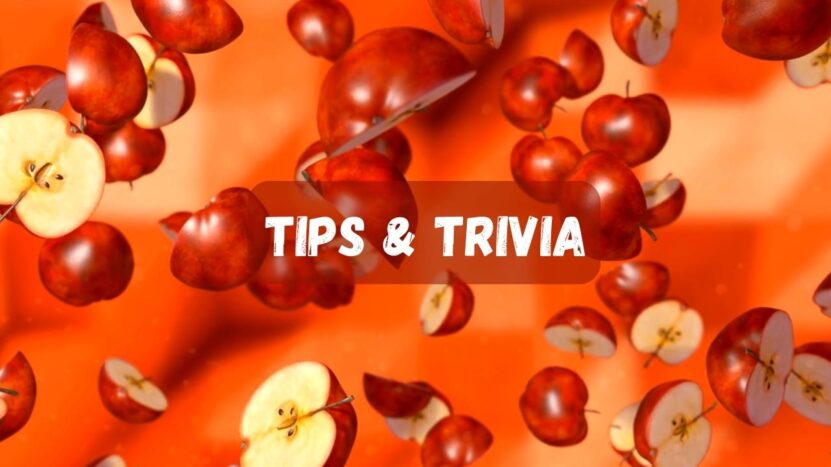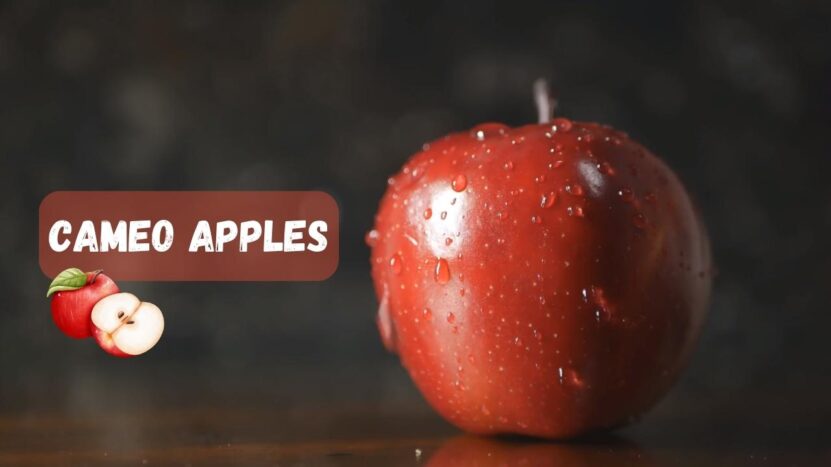In recent years, a new star has emerged in the world of apples – the Cameo apple. This variety has made a grand entrance and captured the hearts of apple lovers everywhere, primarily due to its exceptional flavor. Although finding Cameo apples might require a bit of a treasure hunt, the reward is truly worth the effort.
The Cameo apple is not just another apple; it’s a taste sensation that stands out in the crowded apple market. Its unique flavor profile has made it a sought-after variety for those who appreciate the finer nuances of apple varieties. Despite its relative novelty and the challenge it presents in terms of availability, the Cameo apple has managed to carve out a niche for itself among apple aficionados.
So, whether you’re an apple connoisseur or a casual fruit lover, the Cameo apple is a delightful discovery that promises to elevate your apple experience. Its tantalizing taste is sure to leave a lasting impression, making the search for this elusive variety a worthwhile adventure. So, get ready to embark on your quest for the Cameo apple, and prepare to be captivated by its irresistible flavor.
Usage

Cameo apples are a versatile fruit that can be enjoyed in various ways. They are particularly delightful when consumed fresh, as their unique flavor profile shines through best when eaten raw. However, they also lend themselves well to culinary uses. Shortly after harvest, Cameo apples retain a slight tartness, which adds a delightful complexity to their inherent sweetness. This makes them an excellent choice for cooking, where their nuanced flavors can be used to enhance a variety of dishes.
Cameo apples are a treasure hunt worth embarking on, boasting exceptional qualities that make them a true culinary delight, much like the esteemed Criterion apples.
Selection
When selecting Cameo apples, there are a few key characteristics to look for to ensure you’re getting the best quality. The apples should be firm to the touch, indicating that they are fresh and not overripe. The skin should be smooth and clean, without any blemishes or imperfections. The color of the apple is also important – a good Cameo apple will have a color that is typical for the variety.
To test the firmness of the apple, hold it in your palm without applying pressure with your thumb. The apple should feel solid and heavy, indicating that it is ripe and full of juice. If it feels soft and light, it may be overripe or of poor quality.
Cameo apples, known for their vibrant flavors that dance on the palate, offer a delightful symphony of sweetness and tartness reminiscent of the popular Cortland variety.
Avoidance

There are also certain signs that indicate a Cameo apple should be avoided. Any apples with soft or dark spots should be left behind, as these are signs of damage or overripening. Additionally, if the skin of the apple wrinkles when you rub your thumb across it, this suggests that the apple has been stored improperly or for too long. Such apples are likely to have a less-than-optimal flavor and texture.
Storage
Proper storage is key to maintaining the quality of Cameo apples. They should be kept as cold as possible, ideally in the refrigerator. Unlike many fruits, apples do not freeze until the temperature drops to 28.5°F, so they can withstand very cold temperatures.
Ripening
Unlike some fruits, apples do not continue to ripen after they have been picked. However, some apples, including Cameos, will undergo a process known as “curing” after being picked. During this process, the apple’s starches are converted into sugars, enhancing the fruit’s sweetness. This process is best achieved by storing the apples in the refrigerator. It’s important to note that leaving apples at room temperature will not aid in this curing process.
Tips & Trivia

Rub cut apples with lemon juice to keep slices and wedges creamy white for hours.
Store apples in a plastic bag in the refrigerator away from strong-odored foods such as cabbage or onions to prevent flavor transfer.
The Cameo variety first caught the attention of apple grower Darrel Caudle, near Wenatchee, Washington in the 1980s. Darrel thought he had planted a Red Delicious tree, but as the tree grew, the apples were different from all the others in his orchard. One taste of the red-and-cream-striped fruit and Darrel knew he had found something very special. The tree is what is called a “chance seedling” meaning it grew unaided from a seed that carried a unique combination of genes from unknown parents. Today, all Cameo trees are descended from Darrel’s first chance seedling which is still producing fruit in his hillside orchard.
The history of apple consumption dates from Stone Age cultivation in areas we now know as Austria and Switzerland. In ancient Greece, tossing an apple to a girl was a traditional proposal of marriage; catching it was acceptance.
Folk hero Johnny Appleseed (John Chapman) did indeed spread the cultivation of apples in the United States. He knew enough about apples, however, so that he did not distribute seeds, because apples do not grow true from seeds. Instead, he established nurseries in Pennsylvania and Ohio.

